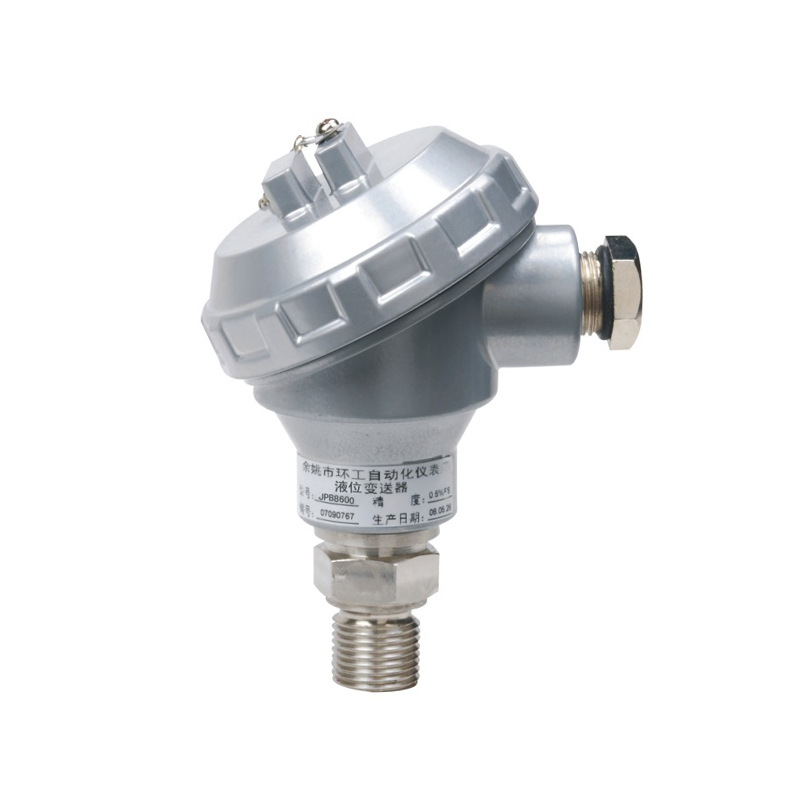In industrial settings,
pressure transmitters are essential components for monitoring and controlling pressure in various systems. Traditionally, wired pressure transmitters have been used to measure pressure and transmit data to control systems. However, advances in technology have led to the development of wireless pressure transmitters, which offer numerous advantages over their wired counterparts.
One significant advantage of using wireless pressure transmitters in industrial settings is the reduction in wiring and installation costs. Wired pressure transmitters require extensive wiring and installation efforts, which can be costly and time-consuming. On the other hand, wireless pressure transmitters are easy to install and can be placed anywhere without the need for wiring, thereby reducing installation costs.
Another advantage of using wireless pressure transmitters is the flexibility they offer in terms of location and accessibility. Since they do not require wiring, they can be installed in remote or hard-to-reach locations, which would be impossible with wired transmitters. Moreover, wireless pressure transmitters can be moved and repositioned easily, which is useful in cases where pressure monitoring needs to be shifted to a different location.
Wireless pressure transmitters also offer real-time data monitoring, enabling operators to receive data in real-time from multiple locations simultaneously. This feature enhances efficiency and enables operators to identify and address issues as they arise. Additionally, wireless pressure transmitters are highly accurate and reliable, providing accurate readings in even the most challenging industrial environments.
Finally, wireless pressure transmitters are highly secure and protect against cyber threats. Wireless pressure transmitters use encryption technologies to ensure that data transmitted over the wireless network is secure, reducing the risk of unauthorized access.
In conclusion, wireless pressure transmitters offer numerous advantages over wired transmitters, including reduced installation costs, flexibility in location and accessibility, real-time data monitoring, accuracy, reliability, and security. As such, they are an ideal choice for industrial applications that require accurate, reliable, and secure pressure monitoring.
 PB8200CNM liquid level lransmitter
PB8200CNM liquid level lransmitter
Accuracy: 0.25%F·S , 0.5%F·S
Measuring range: -0.1...0bar to -1...0bar 0...0.1bar to 0...600bar or -1...25bar relative or 0~1bar to 0~35bar absolute
Linearity: superior to 0.25%F·S
Stability: superior to 0.25%F·S for 1 year
Temperature drift: superior to ±0.75%F·S(0 to 50℃)
Response time:≤10mS
Power supply:12 to 36VDC
Output: 4...20mA (or 1...5V)
Load resistance: 0~600Ω
Proof pressure: 150%F·S
Ambient temp: -20...85℃
Compensated temp: -20...85℃
Process connection: M20*1.5male or 1/2 NPT male,Flange,Clamp or customized
Electric connection: M20*1.5male
protection: IP65
Wetted materials: 304 stainless steel
Diaphragm material: 316L stainless steel
Housing material: cast aluminum
Power consume: <0. 5W (24VDC)

